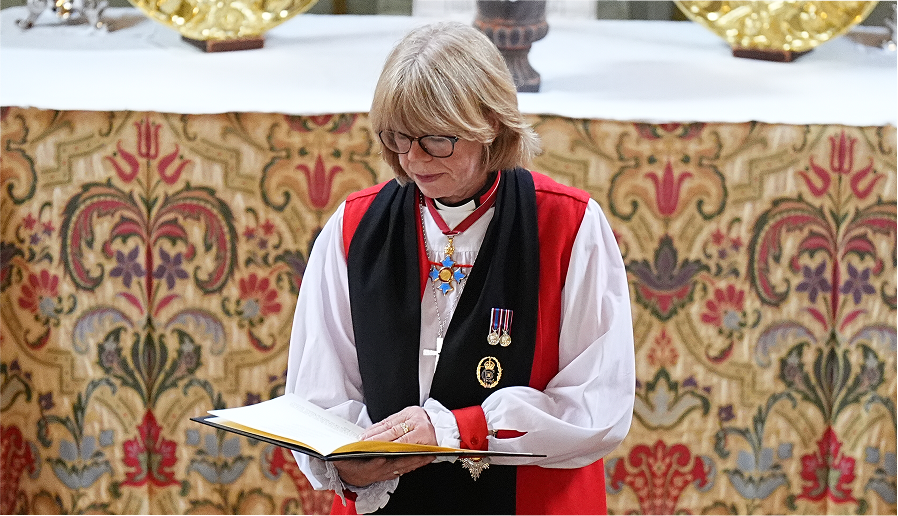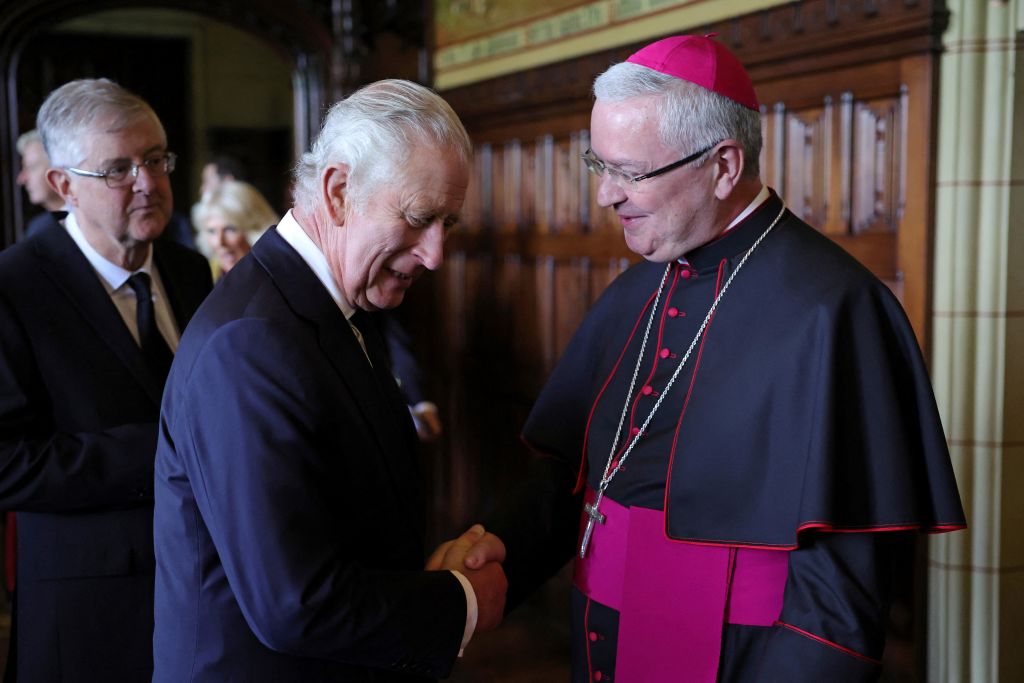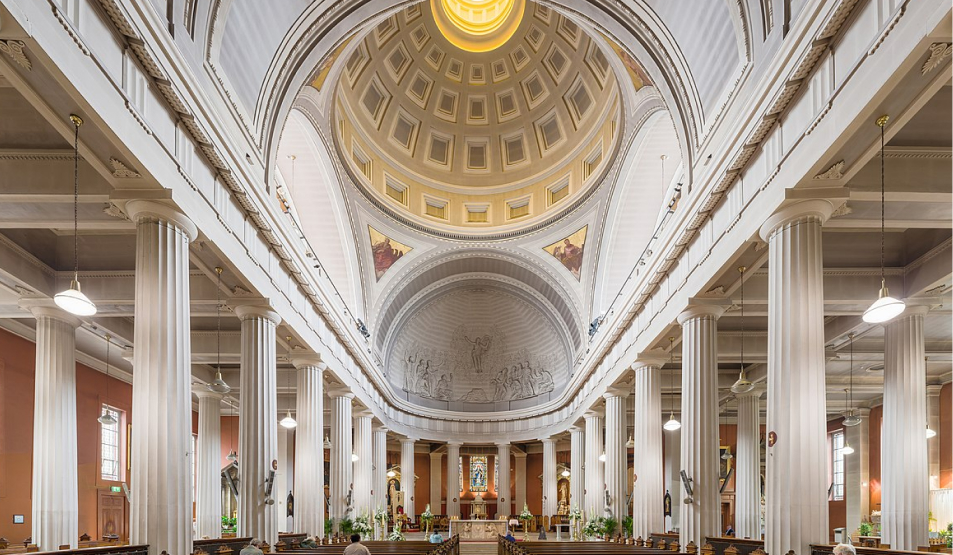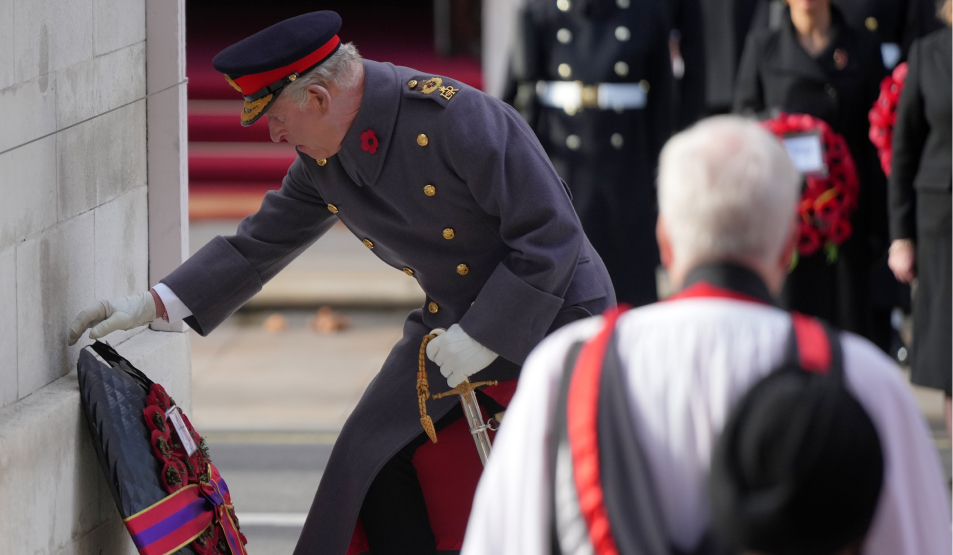Dame Sarah Mullally, 63, has been appointed the Archbishop of Canterbury Designate. She will become the first female Archbishop of Canterbury.
Mullally began her working life as a nurse and held a number of leadership roles within the profession, being named a Dame for her notable contributions. In 1998, she began training for the Anglican priesthood and was ordained in 2002. In 2004, Mullally left her position as Chief Nursing Officer to pursue full-time ministry.
She held a variety of parish and administrative positions in the Anglican Communion before being made Bishop of Crediton, a suffragan bishop in the Diocese of Exeter, receiving her consecration from the former Archbishop of Canterbury, Justin Welby.
In 2018, she became the first female Bishop of London, the third most senior position in the Church of England. She became a member of the House of Lords in the same year.
Mullally has generally espoused liberal views within the Church of England, though she supports the current Church position that marriage is between one man and one woman. She has, however, supported pro-LGBT initiatives within the Communion. On matters pertaining to life, she has not been an advocate of pro-life policies with regard to abortion. However, she has been critical of, and led challenges against, the assisted suicide bill currently making its way through Parliament. As a member of the House of Lords, she is eligible to vote on the legislation.
Mullally’s election is another watershed moment for the Anglican Communion, which has progressively moved towards female ordination over the past 40 years. In 1985, the General Synod of the Church of England voted to permit women to be ordained as deacons, and in 1992 as priests, with the first 32 women ordained in Bristol Cathedral in 1994. In 2014, the General Synod approved legislation permitting women to become bishops, with the first episcopal consecration taking place in 2015.
Since the change, the Church of England has attempted to retain members who dissent from female ordination within the Communion. Provisions have been made, such as allowing parishes to choose that only men celebrate eucharistic services and enabling priests to opt for the oversight of male bishops. However, the introduction of women priests and bishops has led to hundreds of Anglican clergy joining the Roman Catholic Church.
On 4 November 2009, Pope Benedict XVI issued the apostolic constitution Anglicanorum coetibus. This paved the way for the creation of Personal Ordinariates, allowing former Anglicans (clergy and laity) to enter into full communion with the Roman Catholic Church while retaining elements of Anglican liturgy, tradition, and spirituality, under the governance of their own Ordinary—normally a former Anglican priest who had also converted.
Since then, the Personal Ordinariates of Our Lady of Walsingham (United Kingdom), the Chair of Saint Peter (USA & Canada), and Our Lady of the Southern Cross (Australia) have been created, allowing thousands of Anglicans to become Catholic while maintaining aspects of their Anglican heritage.
Nearly a year on from Justin Welby’s resignation, the appointment of Dame Sarah Mullally has followed the formal process involving senior figures from across British public life.
The Archbishop of Canterbury is formally appointed by the monarch on the advice of the Prime Minister, who receives a nomination from the Church of England’s Crown Nominations Commission. The Commission has 14 voting members, made up of lay people and Church of England clergy, who interview candidates and submit one name. The Prime Minister then forwards that name to the monarch, who makes the formal appointment.
The Palace and the Prime Minister are yet to comment on the announcement, though statements are expected shortly.
His Eminence Cardinal Vincent Nichols, President of the Catholic Bishops’ Conference of England and Wales, has welcomed the announcement, saying:
“On behalf of the Catholic Bishops’ Conference of England and Wales, I welcome the news of the appointment of Bishop Sarah Mullally as the next Archbishop of Canterbury. She will bring many personal gifts and experience to her new role. The challenges and opportunities facing the new Archbishop are many and significant. On behalf of our Catholic community, I assure her of our prayers. Together we will be responsive to the prayer of Jesus that we ‘may all be one’ (John 17:21) and seek to develop the bonds of friendship and shared mission between the Church of England and the Roman Catholic Church.”
(Photo by Aaron Chown - WPA Pool/Getty Images)







.jpg)
.jpg)



.jpg)



